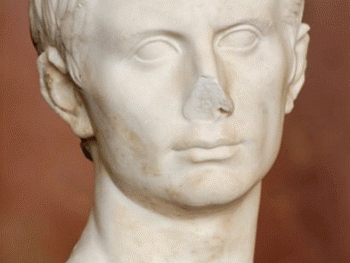
The Platform for the Temple compound built by Herod the Great was a monumental feat, considering the steepness of the surrounding terrain. According to scholars the flat platform measured 1041 feet on the north side, 1556 feet on the east side, 929 feet on the south side, and 1596 feet on the west side. This would have averaged out to 1576 by 985 feet, making it the largest platform in the entire Roman Empire expanded to more than 35 acres. The largest in the world at the time was the Persepolis Platform which was actually only 100 feet smaller than Herod’s in Jerusalem. In Rome the magnificent and massive Forum Romanum, which was built by the Emperor Trajan, was about half the size of the Herodian Platform in Jerusalem. It was always Herod’s plan to build everything more beautiful and on a larger scale than other structures in the Roman world.
Source:













